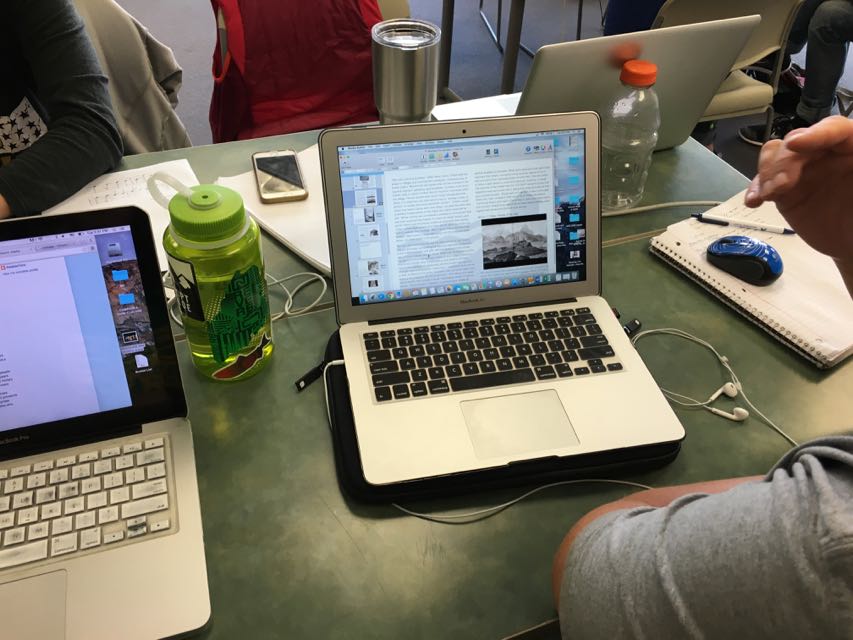Due Friday June 24
Each design group should produce a rough draft of their intro in a shared Google Slide presentation. Each slide can roughly mimic a page of the iBook. Don’t worry about the layout and design. Instead focus on what text and images would be on each page. Google slides also allows you to quickly rearrange or insert / delete pages.
One student can create the initial Google slide presentation, then give permission to other group members as well as Angie and Peter to edit.
For more on using Google slides see this YouTube channel. Working with Google Slides
Regional introductions:
Design groups should collaborate on a chapter introduction that provides readers with background on the natural environment, built environment (surroundings created by and for humans) and culture of the indigenous people of the region. The bottom line: your intro needs to introduce the reader to how the indigenous people of the region found a way to thrive in that area.
The introduction could include maps, timeline, artifact photographs (including historical), graphs, videos, audio files, or other items that build background for the reader.
Essential understandings could include:
- Identify and describe categories of characteristics that define a location as a place (e.g., weather characteristics, population density, flora / fauna, landforms).
- Identify and describe the characteristics of the region’s physical environment that attracted people – and both limited and enabled them to thrive and prosper (e.g., climate, water, soil, landforms).
- Describe the indigenous technologies that emerged in the region – clothing, housing, transportation, etc – and how they are a product of the natural environment. It could include examples of human modifications to the physical environment
- Identify and describe the interaction of the geography, technology and the culture(s) of the people(s) of the region.
- Describe historical highlights that are significant to understanding of the region and the interaction of indigenous and non-native peoples.
Image credit: McGuffey’s Reader illustration n.d.
Miami University Library: nn-1351
